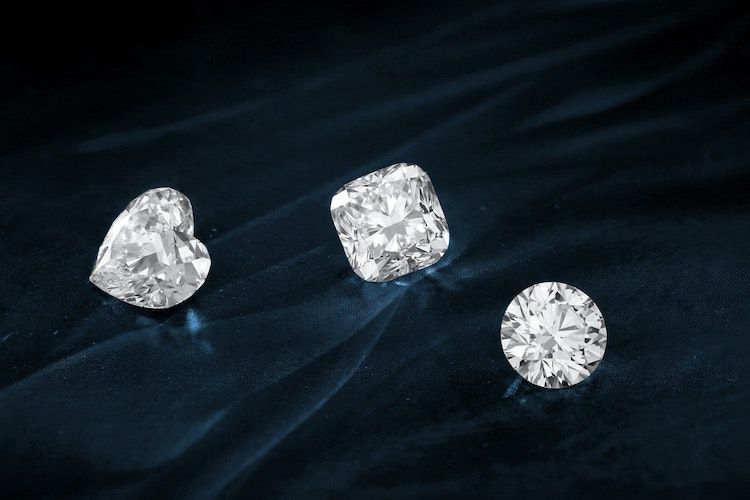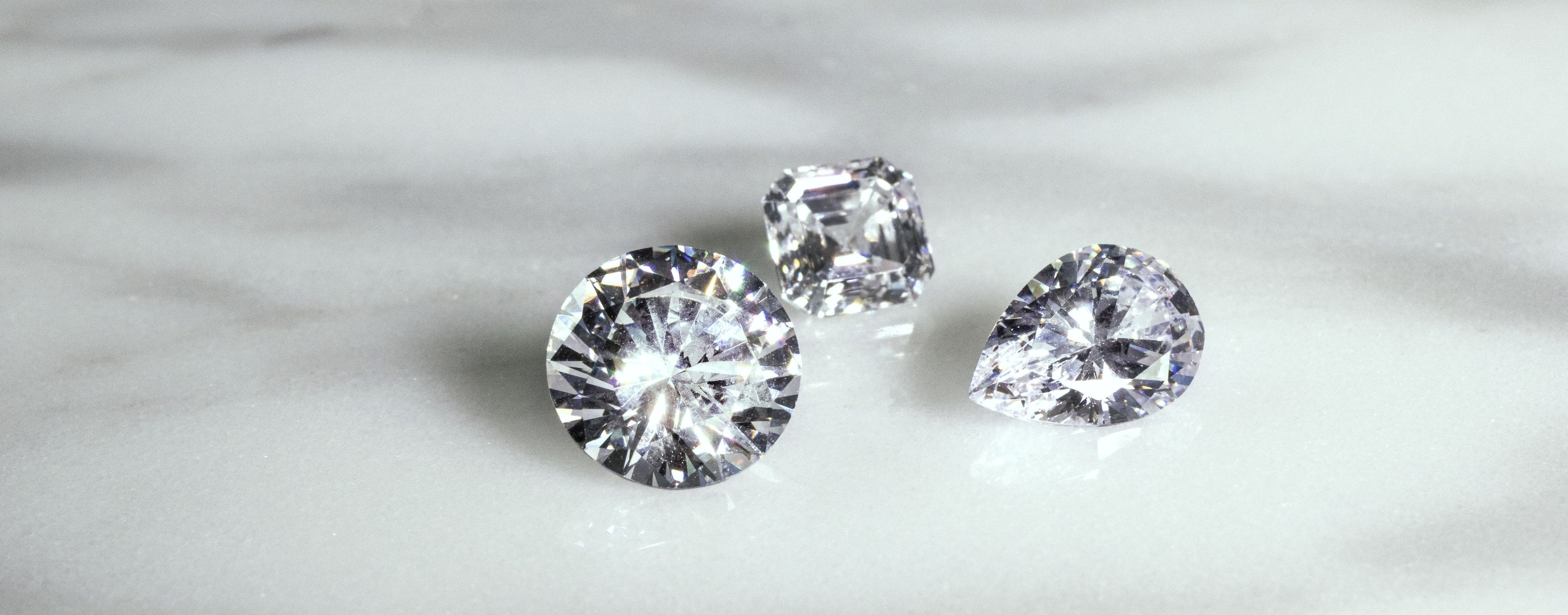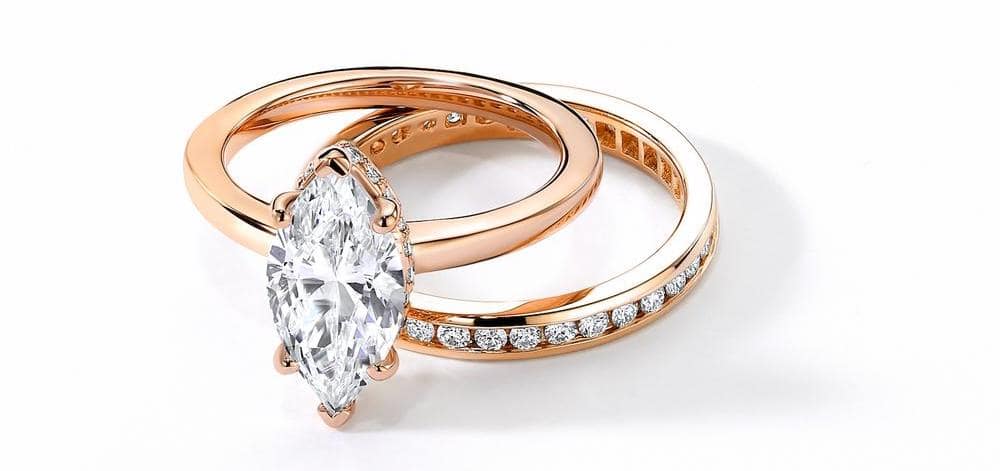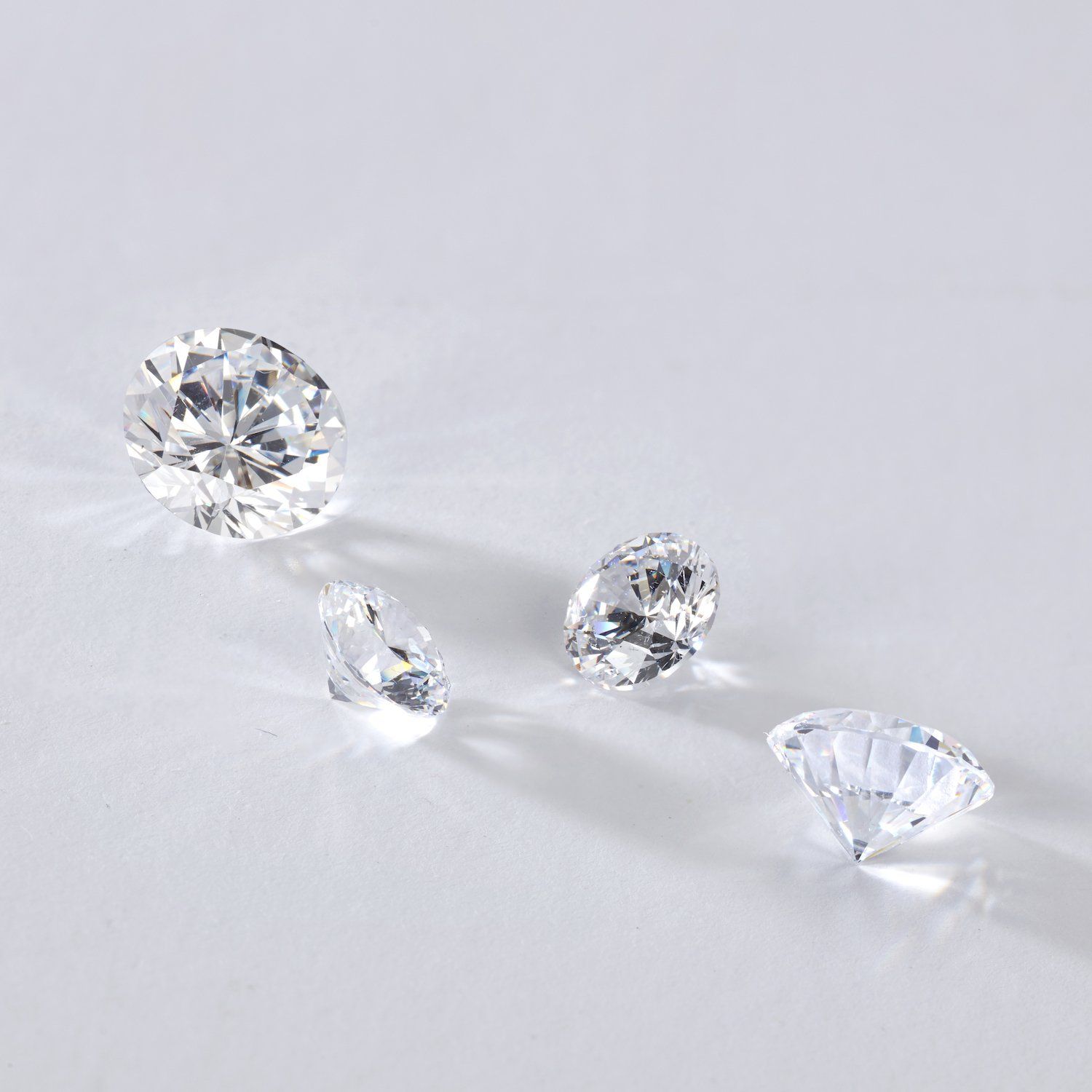Do Lab-Created Diamonds Test as Real?

A lab-created diamond should test as a real diamond since they are identical to mined diamonds. At Ritani, we test all our lab-grown diamonds with a diamond tester before sending them out to our customers. Even though lab-grown diamonds are identical to natural diamonds, they occasionally will get a false negative when tested using a diamond tester.
How Does a Diamond Tester Work?
There are two common ways that jewelers use to test if a diamond is real. One of these methods uses a tester that checks the stone’s thermal conductivity. Diamonds have high thermal conductivity, while simulants like cubic zirconia have low thermal conductivity. Moissanite, however, has high thermal conductivity, so it sometimes will test as a diamond.
On the other hand, some diamond testers use electrical conductivity to test if the stone is real. Diamonds do not conduct electricity.
Testing Lab-Grown Diamonds
There are two ways that diamonds are formed in a lab: through the CVD process or the HPHT process. Diamonds that are grown with the HPHT process sometimes contain boron impurities due to the process in which they are formed. This can give HPHT diamonds what is called the “blue nuance” - it gives the diamond a blue tint. The presence of boron during the growth process is also what gives natural fancy blue diamonds their color.
Boron is a semiconductor, so it can conduct electricity. This can cause some lab-grown diamonds to give a false negative and test as a fake diamond, even if it is a real diamond.
How to Tell if your Lab Diamond is Real
1) Check Its Laser Inscription
All certified diamonds have a laser inscription on the stone’s girdle. This inscription should match the inscription in the grading certificate that came with your diamond. You won’t be able to see this inscription with the naked eye – you'll need a loupe, or you’ll have to take it to a jeweler who can inspect it for you.
2) Check Its Inclusions
Diamond simulants like cubic zirconia do not have inclusions. Inclusions are tiny imperfections inside of the stone.
Diamonds over 1 carat will have a map of their inclusions in their grading certificate. You can use a loupe to see if the location of the inclusions on your diamond matches its report or bring it to a jeweler to take a look.
Note that if you bought a Flawless or Internally Flawless lab-grown diamond, it will not have any inclusions. If you can't remember what clarity grade your stone is, check its certificate.
Read More: Diamond Inclusions and Blemish Guide
3) Look For Color
Fake diamonds, like cubic zirconia, are completely colorless. If you view your diamond from the side and see hints of faint yellow or brown, then it's likely a real diamond. However, some moissanite is near-colorless.
We recommend looking at your stone from its side because even near-colorless diamonds can face up as white (colorless). Note that this test is only applicable if you bought a diamond that is in the G through Z color range. Colorless diamonds (D, E, and F) will not have any visible color.
4) Get a Second Opinion
Not all diamond testers are of the same quality. Take your diamond to another jeweler to get it tested.
Have a question about your lab-grown diamond? Contact us today.
Up Next: 7 Ways to Spot Fake Diamonds



